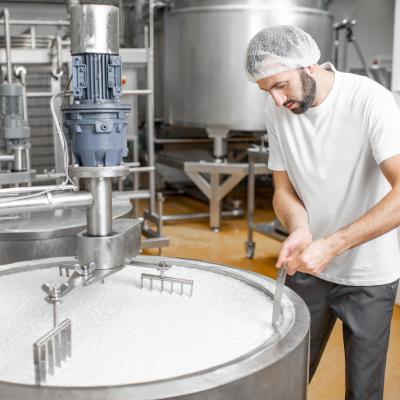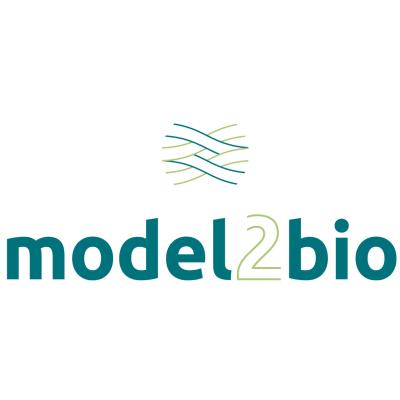Around 88 million tonnes of food are wasted in the EU every year – from food on the plate we don't eat, out-of-date products and crop leftovers. This is equivalent to 170 kilos per person.
The need to reduce food waste is becoming increasingly urgent. With world hunger on the rise, wasting food is an ethical issue since it exacerbates food insecurity by depriving the poor of the resources they badly need. Through decomposition in landfills, discarded food also contributes to climate change, biodiversity loss and pollution.
According to the UN Food and Agriculture Organization, food waste contributes to 8% of global greenhouse gas emissions.
There's a way to solve the problem. Since a major portion of food waste happens at the plate level, researchers are using digital technology to put sustainability back on the menu.
Waste streams recover their value
Digital-savvy researchers are planting the seed of technological innovation to increase the value of waste in the agricultural industry. The potential of recovery of material from the waste could be as high as 60%, according to Dr Tamara Fernandez of CEIT Technology Centre in Spain.
As coordinator of the MODEL2BIO project, Dr Fernandez is working on a massive simulation of the production chains within the sector.
For instance, liquid lost when milk is separated to produce butter and cheese contains valuable ingredients for recovery. Only at the supermarket, cheese trimmings can end up on the floor as machines slice cheese.
'The entire value chain will be simulated to provide recommendations from a holistic perspective, including technical, economic, environmental and social factors,' explained Dr Fernandez.
Current waste management practices, which include putting in a landfill as the worst option, have to be improved to meet EU targets. The idea behind MODEL2BIO is to overhaul the processing of agricultural products and use waste streams in another industry.
'There are agri-food companies that treat and manage their residual streams as waste, without knowing that these may be raw materials for another industry close to their facilities.' In addition to this, companies often manage their streams routinely, ignoring the possible value of their by-products.
When linear bends to become circular
After a year of information gathering, the second year will be dedicated to collecting information from other countries for comparison. 'It's all about selecting the wastes with the greatest potential,' Dr Fernandez told us, 'to make more profit for the agri-food companies and to reduce the impact on the environment.' said Dr Fernandez.
Projections for the MODEL2BIO system's impact are optimistic: agri-food residues destined for landfills decreased by 10%, and overall carbon footprint was reduced by 20%. Plus, a third of the waste could end up as resources for other bio-based industries.
'We want to develop a tool that allows all members of the food value chain to go from a linear economy that throws away its waste to a circular economy where it's recycled,' said Dr Fernandez.
Food waste is a potential substitute for fossil-based resources such as compost, and it has important added value if used as feedstock for bio-based industries. However, the mix of molecules and variety from batch to batch make it difficult to evaluate and use.
Again, the job at hand has all the hallmarks of a task ideal for big data processing and model simulation. Analysis of types of microbes in residual agri-food streams reveals their interference in beer fermentation, for example.
‘Even when we limited the number of crops to meat, vegetable, dairy and alcoholic beverages, there are so many variables as to make it impossible to make sustainable decisions on using their waste products without the help of digital intervention,’ Dr Fernandez concluded.

